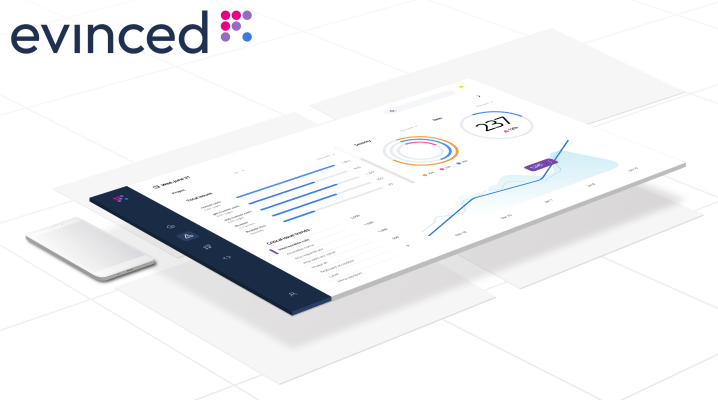Evinced is on a mission to make as many web properties accessible as possible, and to do that means getting that work done as early as possible — which means integrating with the development process from the beginning. The company is continuing this “shift left” mentality with $38 million in new funding that it plans to put to work making it elementary to design for accessibility.
“For years, the accessibility business has been what you might call a consulting business,” said founder and CEO Navin Thadani. “You hire somebody, they review your products once a year, produce a huge report and then perhaps work with your engineers as they make their way through an undifferentiated bug list with thousands and thousands of issues.”
That’s begun to shift as accessibility standards have crept into the development process, but in many cases accessibility is still thought of as a layer on top of a “normal” site or service — to the extent that some companies offer an aftermarket “overlay.” (The utility of these overlays has been widely questioned in the industry, and by Thadani as well.)
Evinced also uses machine learning and other modern tools to automatically detect accessibility shortcomings or designs that don’t follow best practices, but it does so early in the development process, when coders are still working out the basics of the site.
Like automated code review tools and basic error detection, it can tell a developer that, for instance, the way they’ve structured a form may cause some screen readers or non-pointer navigation methods to fail. These can then be automatically tracked like any other bug or feature. Since last September, this works for mobile development as well as desktop browser environments.
By identifying root issues rather than spotting them in the final product, it prevents downstream issues; a few fixes early on might stop thousands of little bugs or UI hiccups from occurring later. Really it’s just adding accessibility to the list of good coding practices — but in a way that’s way faster and better than the methods most companies use now.
Of course consultants (like Fable’s) and regular audits are still needed to catch high-level issues or evolving best practices, but “accessibility is too important to be put off so late in the cycle,” Thadani said. “It needs to be as much a part of a developer’s job as making sure their code works.”
The company has landed a number of very large clients (think top 10 financial and B2B SaaS institutions) but can be used by smaller ones as well, obviously. 2022 will see them reaching out to even more enterprises that see the wisdom of “shifting left,” i.e., shifting the task earlier on the development timeline.
“In technology, it’s often the case that it’s hard to make something easy, and these funds are going to enable us to expand our engineering commitment, already we think the largest in the industry, to levels the industry hasn’t even thought of, much less seen,” said Thadani. “By the time we’re done, accessibility will be just another technology category like communications or security.”
The latest funding round, a $38 million Series B, was led by Insight Partners, with participation from M12, BGV, Capital One Ventures and Engineering Capital.
